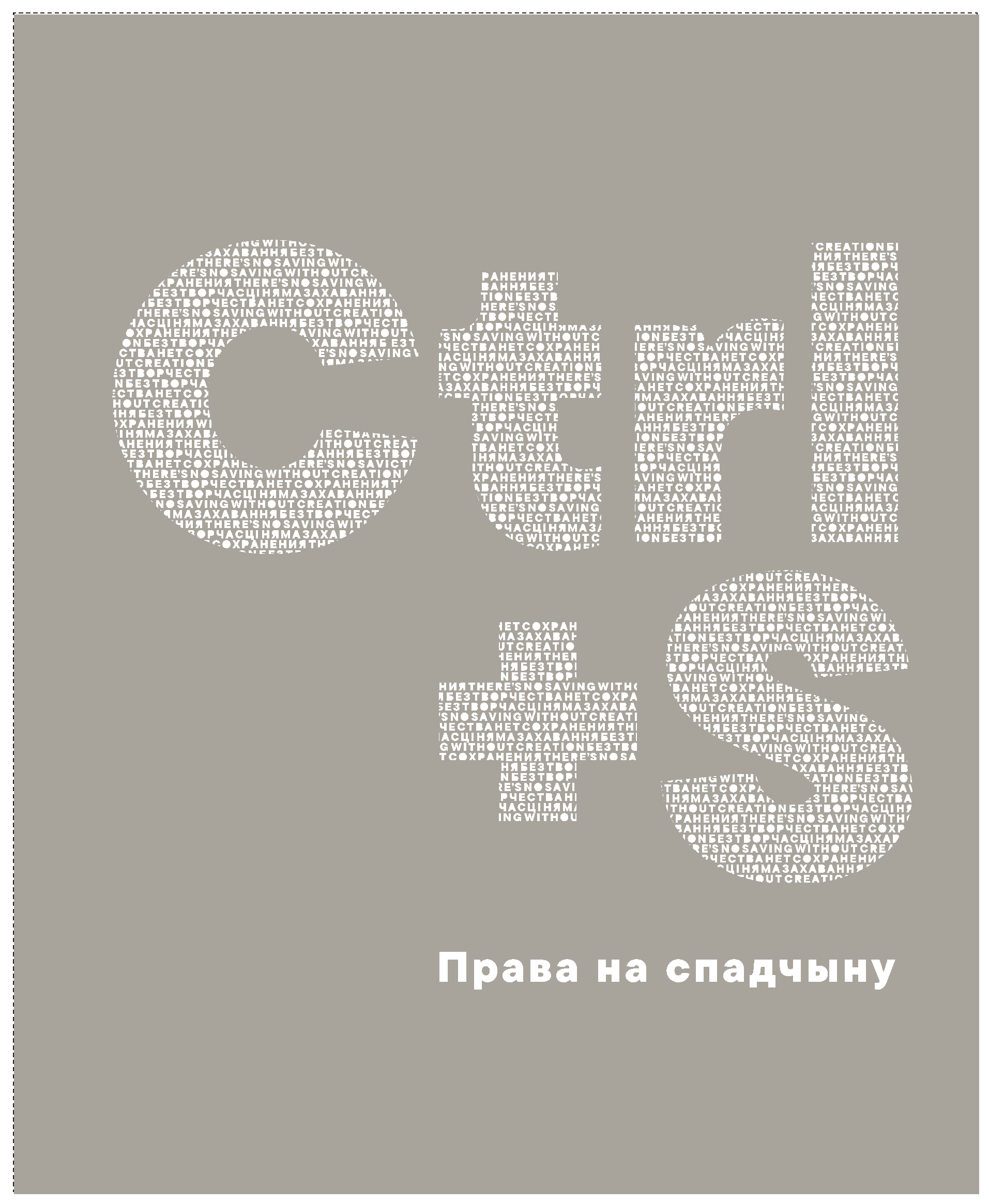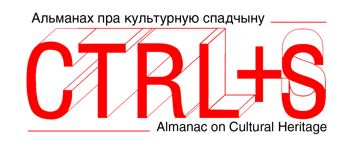Online ISSN 3030-1351
Current Issue

We are pleased to present the fourth issue of the European Humanities University’s almanac “CTRL+S”, dedicated to cultural heritage. This year’s theme is “The Right to Heritage.”
In compiling this issue, we proceeded from the premise that cultural heritage is both a social phenomenon and a means of communication. Heritage is not just about ancient stones or folklore rituals. It is, above all, a set of values and meanings aimed not so much at the past as at the present and future. By asserting their heritage, national communities and other cultural bearers communicate their existence, define their cultural identity, and draw attention to current issues. But what tools and institutions make all this truly possible?
One of the most important yet still underexplored tools is the multidimensional concept of cultural rights. The right to heritage, access to cultural values, and participation in their management are part of a broader concept of cultural rights grounded in human rights. This includes the right to self-determination, the right to participate in cultural life, minority cultural rights, the right to education, freedom of expression, and freedom of religion and belief. But how do these seemingly abstract legal concepts manifest in real life? And whose work ensures that communities can exercise their rights?
These questions lie at the heart of this issue, which consists of two major sections.
The first section is the result of the research project “Vilnius Heritage as a Space for the Implementation of Cultural Rights,” conducted by our faculty and students from spring to autumn 2024. You can read more about the project’s concept in a brief preface within the section itself. Here, I will only note that after reading its eleven texts, the reader should gain a better understanding not only of the theory and practice of implementing cultural rights but also of Vilnius' cultural heritage as the result of the dedicated work of numerous local organizations and civic initiatives. Moreover, they will see how working with heritage can contribute to solving social, environmental, and economic issues in the city.
The second section, “Communities and Cultures,” is more academic in nature. Here, graduates of our master's program, faculty, and university affiliates share the results of their research. It is particularly gratifying that many of them, despite challenging circumstances and life outside their home countries, continue their academic or organizational careers in the cultural sector. Among the six articles in this section, I would like to highlight Dzmitry Drozhdzha’s work, which explores the construction of Belarusian folk songs as we know them today. Serge Tubash writes about video games in contemporary museums, where the content of the games has ‘suddenly’ been found to clash with the evolving moral and ethical norms of Western and non-Western societies. Finally, Renata Haninets discusses new dimensions in the preservation of Jewish heritage in Central and Eastern Europe, where Jewish communities have almost vanished. Other articles in this section focus on issues of dissonant memory, the functioning of heritage communities, and, surprisingly, Marc Chagall’s relationship with his hometown of Vitebsk.
The final piece in this issue is a chronicle of one academic year in the life of the undergraduate and graduate cultural heritage programs at EHU, prepared by our faculty member and curator, Aleh Vinichenka. As you can see, we have been keeping busy – and we look forward to continuing our work!

